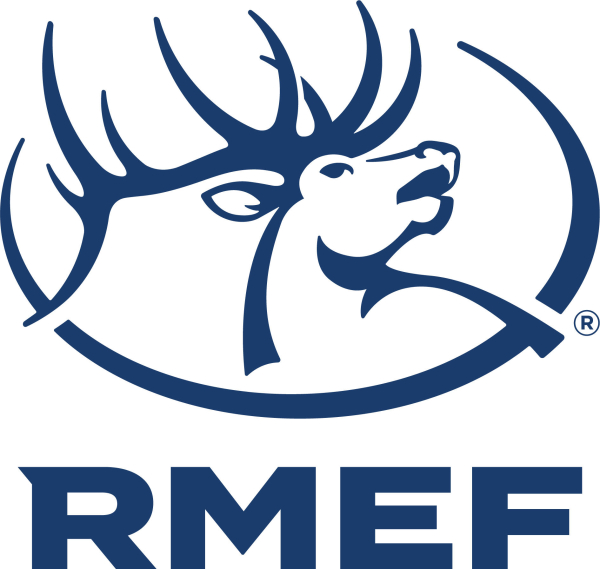 |
The Rocky Mountain Elk Foundation committed $400,000 to reinforce its multi-decade partnership with western states on issues crucial to the movement and overall health of elk, mule deer, pronghorn antelope and other wildlife species.
“This is not just an agreement with our partners at the Western Association of Fish and Wildlife Agencies (WAFWA). It’s an action plan,” said Kyle Weaver, RMEF president and CEO. “The initial three-year allotment of funding will be matched by WAFWA at a ratio of at least a 3-to-1, thus placing more than $1.2 million on the ground for the protection and conservation of critical winter range and migration corridors.”
WAFWA represents 24 states and Canadian provinces, covering nearly 3.7 million square miles of North America, and works under the direction of state fish and wildlife agencies with their jurisdiction over big game herds within their borders.
“State fish and wildlife agencies have long been the leaders of advancing the science and understanding of big game migration needs and challenges,” said Dr. Zachary Lowe, WAFWA executive director. “Our ability to partner with RMEF and grow states’ unique migration priorities is an exciting advancement in landscape conservation for the West.”
“RMEF is once again demonstrating their commitment to conservation and partnership. I am proud to work with them on big game migrations and thank them for their incredible support," said Brian Nesvik, WAFWA president and director of the Wyoming Game and Fish Department.
The funding will go toward state-led, shovel-ready projects in 11 states in line with Secretarial Order 3362 as well as to the remaining six WAFWA-member states that can support landscape-scale big game movements and connectivity projects. Possible strategies:
– Arizona – modification/removal of fencing within the Grand Canyon
– Colorado – place GPS collars to initiative a mule deer movement study
– Idaho – repurpose an obsolete vehicle overpass into a big game crossing
– Kansas – develop grasslands for deer, pronghorn, sage grouse and quail
– Montana – use GPS collars to monitor elk movement between Bozeman and Big Sky
– Nebraska – bighorn sheep feasibility study to determine if a crossing structure is needed
– Nevada – implement habitat treatments in areas impacted by wildfire
– New Mexico – assess impact of renewable energy development on big game
– Oregon – assist research projects evaluating impacts of solar installation on mule deer
– South Dakota – identify and map potential barriers to pronghorn antelope movement
– Utah – collar animals to identify possible roadway crossing locations
– Washington – implement virtual fencing for migration-friendly managed livestock grazing
– Wyoming – treat invasive grasses on migratory and winter range
Founded more than 39 years ago and fueled by hunters, RMEF maintains more than 225,000 members and has conserved more than 8.7 million acres for elk and other wildlife. RMEF also works to open and improve public access, fund and advocate for science-based resource management, and ensure the future of America’s hunting heritage. Discover why “Hunting Is Conservation™” at rmef.org or 800-CALL ELK.
